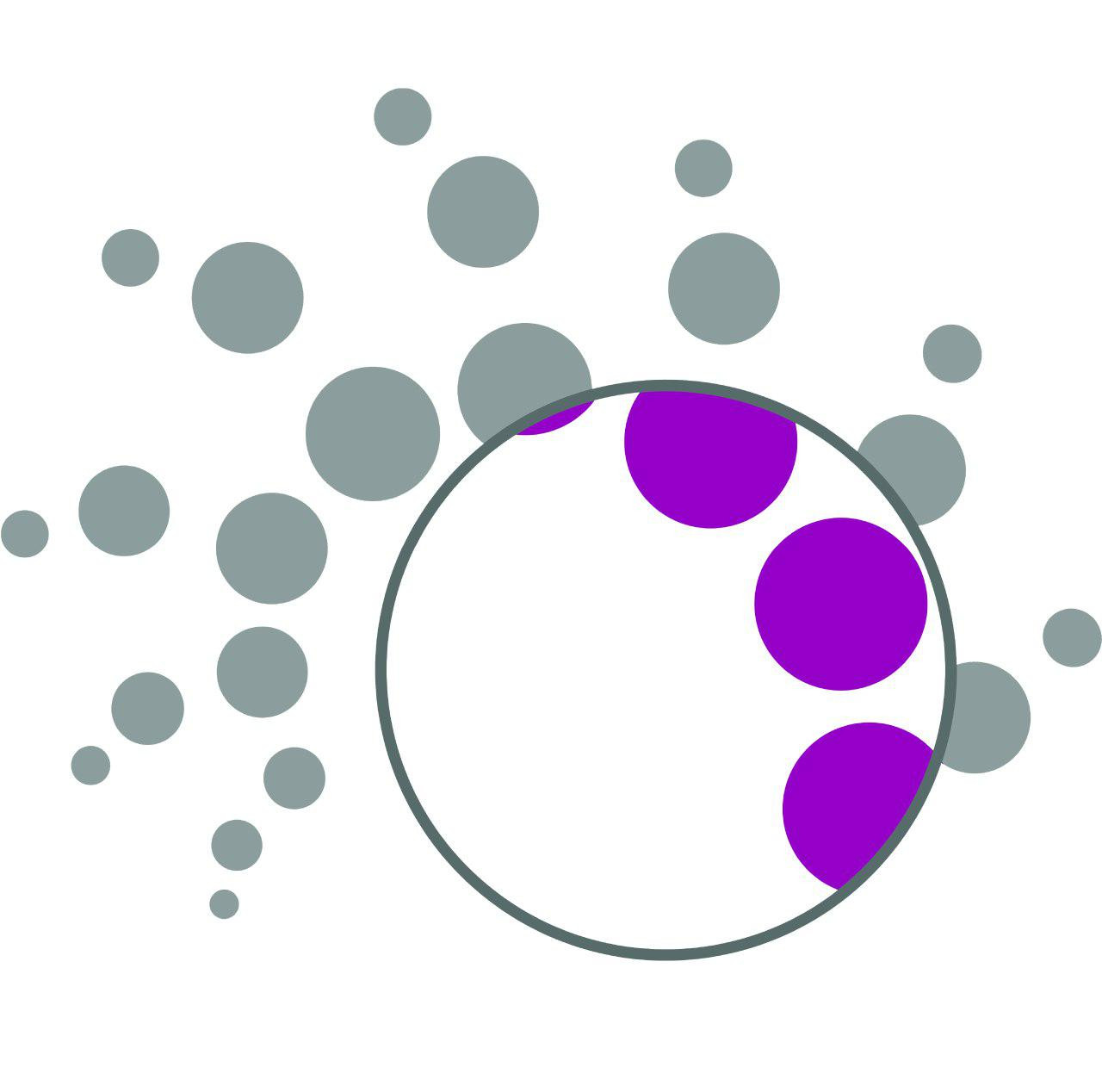Today, traditional imaging techniques based on light-sensitive negatives are superseded by digital cameras. In the past, many medical imaging and materials identification and inspection techniques which were based on the physics of high-energy radiations, used different negative films to record the radiations intensity. Different types of electron microscopes, X-ray diffraction equipment and X-ray imaging can be mentioned as examples. Because of the required time for emergence and lack of trial and error during film processing, researchers who deal with these equipment are encountered with considerable limitations; on the other hand, the local measurement of the radiation intensity on the film is always accompanied by great errors.
Today, digital cameras can be directly installed on the analytical tools. These cameras are equipped with a CCD sensor which can convert analog images to digital ones and provide to the user through the software module. If image is made by electron beams (e.g. in transmission electron microscopes) or invisible electromagnetic rays (X-rays and gamma rays), it is possible to use different types of phosphorescent screens with high resolution power or scintillating films to convert them to visible light. After conversion into visible light, the image is detected and recorded by CCD sensor.
Today, CCD sensors with high resolution power have been developed. Thus, analog images with much more details up to 16 MP can be converted into digital ones. These images can be analyzed in the next step using Image Analysis Software.
This camera is equipped with a CCD sensor with resolution of 16 MP which has been cooled more than 50 oC below the room temperature. Details of technical specifications are presented in the following Table.
Transmission electron microscopes are one of the most important analytical and imaging equipment in the field of nanotechnology. CCD camera is one of the essential modules in this type of microscopes, which has the role of converting an analog image into a digital one (with the ability of displaying and processing by Image Analysis Software).



